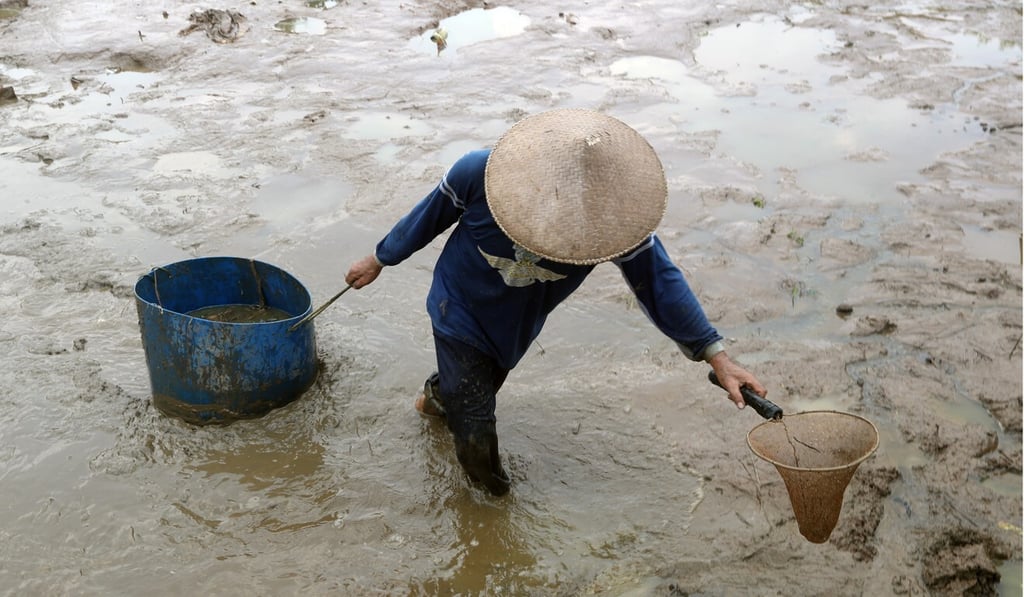Advertisement
How insuring the poor in Hong Kong and elsewhere is becoming big business
- Microinsurance, previously the domain of NGOs, is gaining critical mass as a market and starting to attract big banks and tech start-ups, including in Hong Kong
- This is good news for the poor, whose needs for insurance have increased with climate change and the pandemic
Reading Time:3 minutes
Why you can trust SCMP

One major challenge in poverty alleviation is minimising the risks that the poor face, in health, capital accumulation and jobs, among other areas. For the poor, the ordinary premium for insurance is largely out of reach. In many parts of the world, banks and NGOs, in particular microfinance institutions, have stepped in to provide low-premium policies with decent payouts for a range of life events and natural disasters.
Advertisement
Every society seems to have a different experience with microfinance. Bangladesh, home of Grameen Bank, has a large market for microinsurance, with over 25 million customers and products covering everything from loans and life to livestock and health. There, microfinance institutions like the International Network of Alternative Financial Institutions offer more affordable premiums than traditional insurance companies and professional societies.
An academic study using Grameen Bank data has showed that the poor benefit from microinsurance, with improved household incomes, better health and nutritional status, and a lower poverty rate.
In Indonesia, the most populous country in Southeast Asia, many multinationals sell microinsurance products. The Indonesian subsidiary of Allianz Life, for example, offers Sekoci, with premiums that can be paid over the mobile phone. The product’s target customer has an income of only around 2 million rupiah (US$136) per month.

Advertisement
Indonesia is also innovating in terms of climate-change-related insurance products. Up to 95 per cent of north Jakarta could be submerged by 2050 due to climate change. The poor tend to cluster in vulnerable coastal cities. Microinsurance, available through the mobile phone, provides protection for homes and crops in this large Muslim country with a notoriously low insurance penetration rate of only around 3 per cent.

Advertisement
